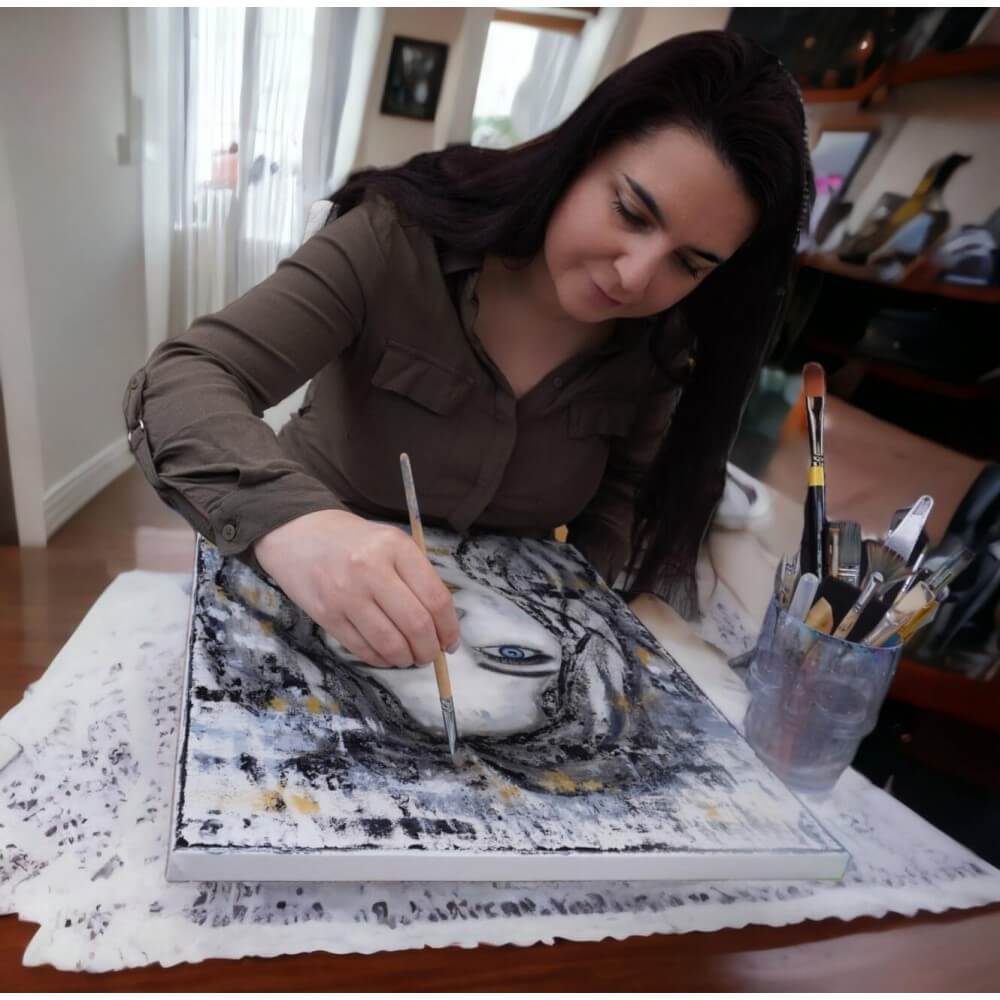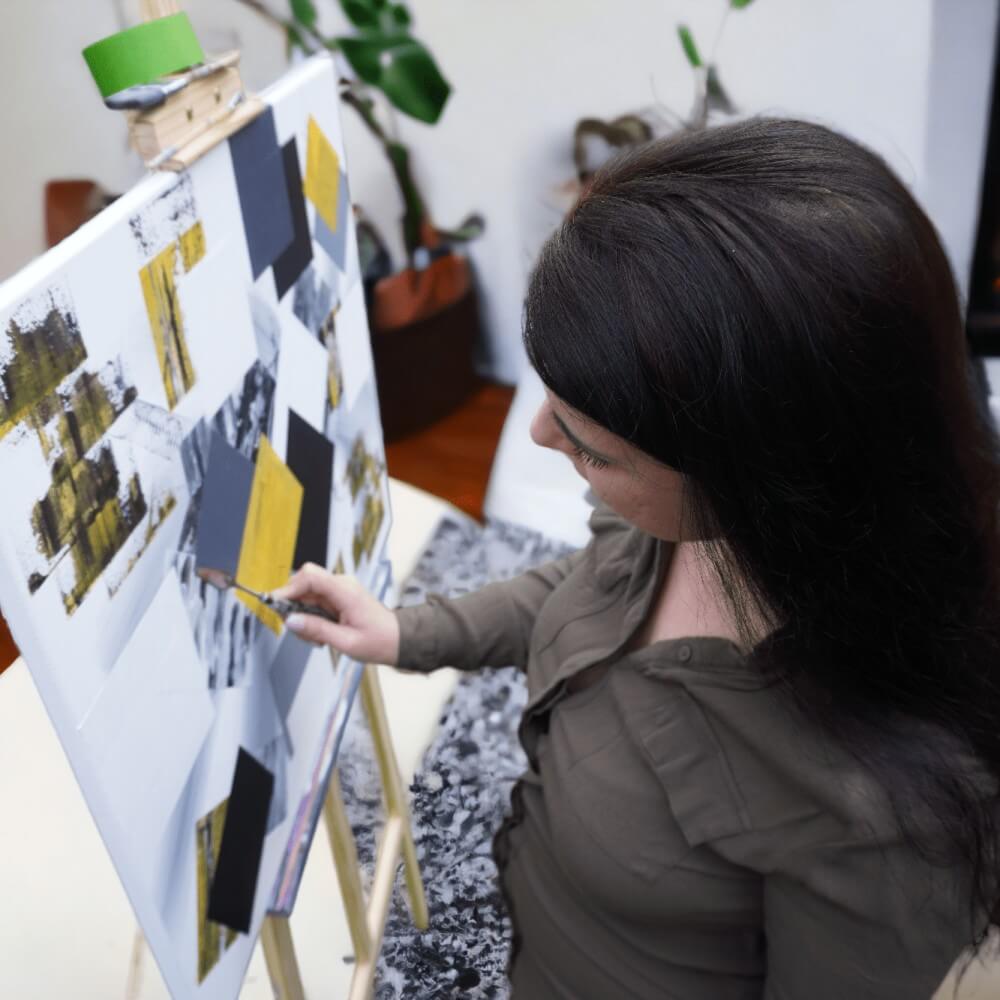How to Paint Shadows for Acrylic Painting
Shadows are an important part of any painting. They add depth, dimension, and contrast to your artwork. However, painting shadows can be challenging, especially if you're new to acrylic painting. In this article, we'll go over some tips for painting shadows perfectly for acrylic painting.
1. Understand Light and Shadow
The first step to painting shadows perfectly is to understand how light and shadow work. Light and shadow are two sides of the same coin; where there is light, there will always be shadow. Shadows are created when an object blocks the path of light, creating a darker area behind it.
To paint shadows accurately, you need to pay attention to the direction and intensity of light. Light can come from any direction, so it's important to observe the subject of your painting carefully. Is the light coming from the sun, a lamp, or a window? Is it bright or dim? These factors will affect the color and shape of the shadows.
2. Mix the Right Colors
To paint shadows perfectly, you need to mix the right colors. Shadows are not just black or grey; they are affected by the color of the object casting the shadow, the color of the surface the shadow falls on, and the color of the light itself.
One way to mix the right colors for shadows is to use complementary colors. Complementary colors are opposite each other on the color wheel, such as red and green, blue and orange, or yellow and purple. Mixing complementary colors together can create a neutral or muted color that is perfect for painting shadows.
3. Use Layering Techniques
One of the keys to painting shadows perfectly is to use layering techniques. Shadows are not flat; they have depth and texture. To create a realistic shadow, you need to build up layers of color, starting with a lighter shade and gradually darkening it.
You can also create shadows by layering transparent colors over each other. For example, if you want to create a shadow on a yellow surface, you can layer a transparent purple or blue color over the yellow to create a natural-looking shadow.
4. Pay Attention to Edge Quality
Edge quality is an important factor when painting shadows. Edges that are too hard or too soft can make the shadow look unrealistic. To create a realistic shadow, you need to pay attention to the edge quality and adjust it as needed.
To create a soft edge, you can blend the shadow with a dry brush or a blending tool. To create a hard edge, you can use a smaller brush and paint a sharp line along the edge of the shadow.
5. Observe Real-Life Shadows
The best way to learn how to paint shadows perfectly is to observe real-life shadows. Look at objects around you and observe how the shadows fall. Take note of the color, shape, and intensity of the shadows. This will help you develop your eye for light and shadow, and give you a better understanding of how to paint shadows in your artwork


